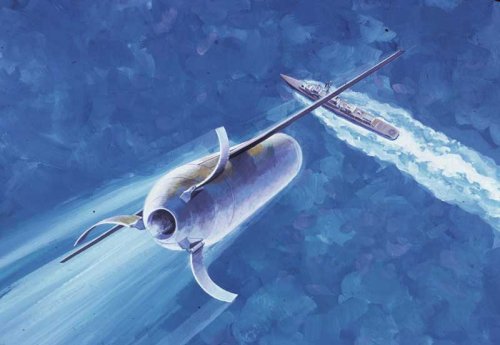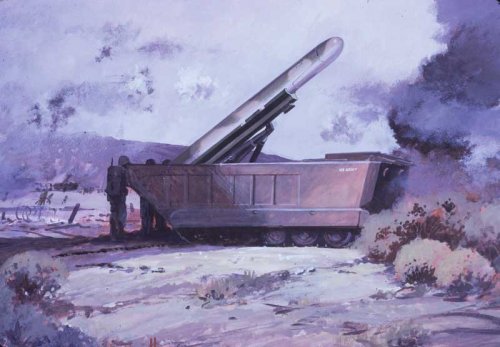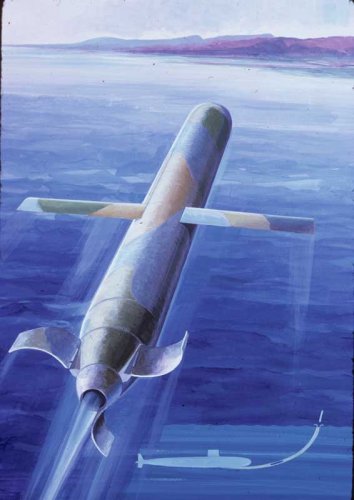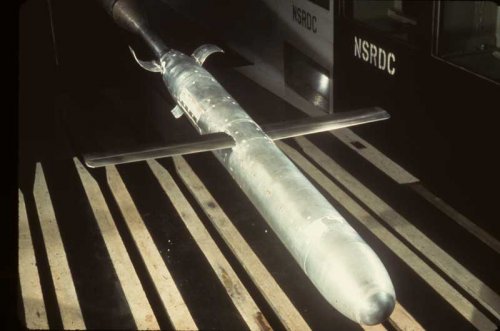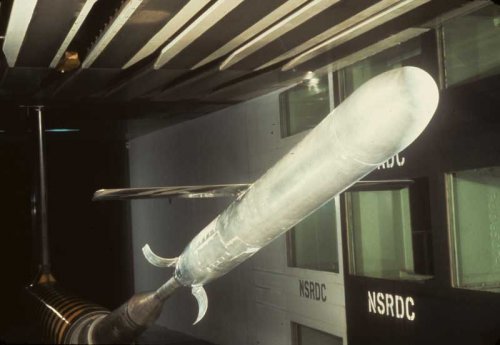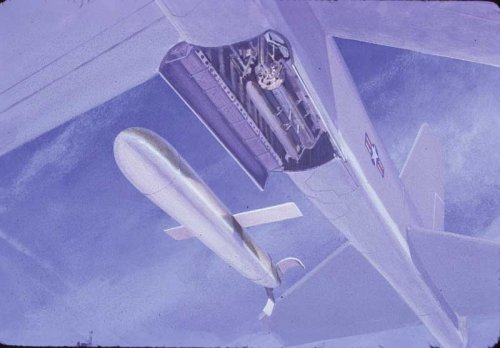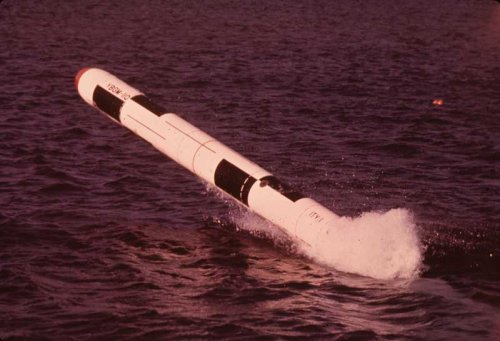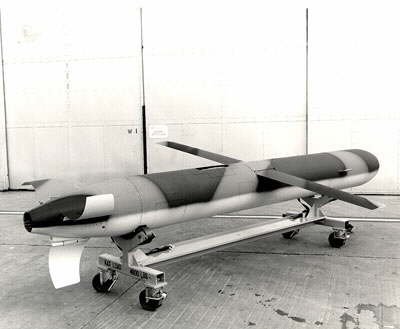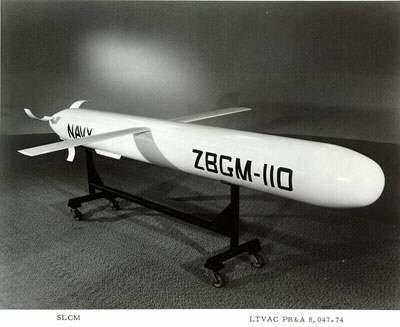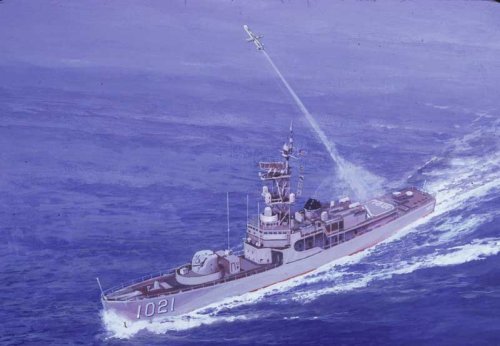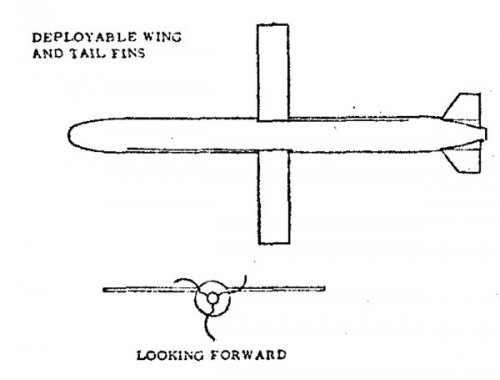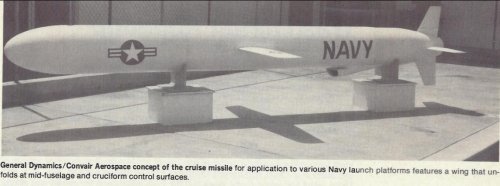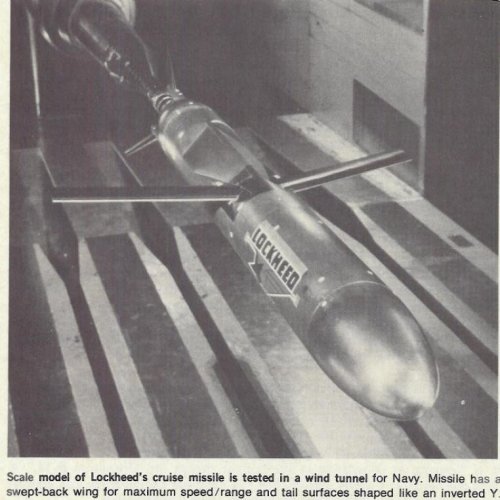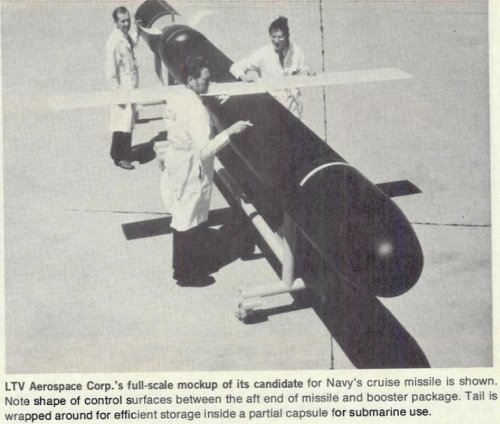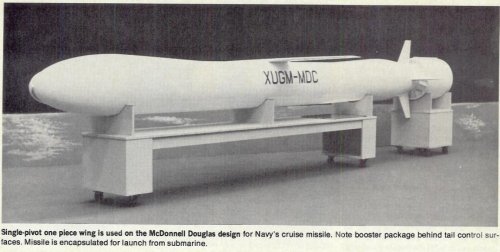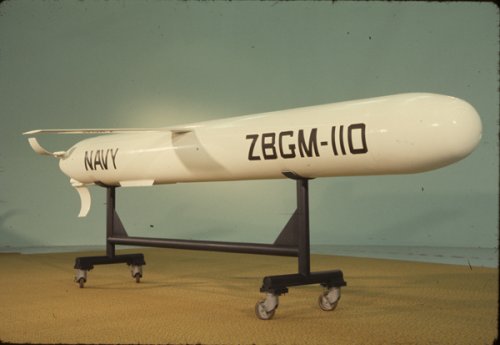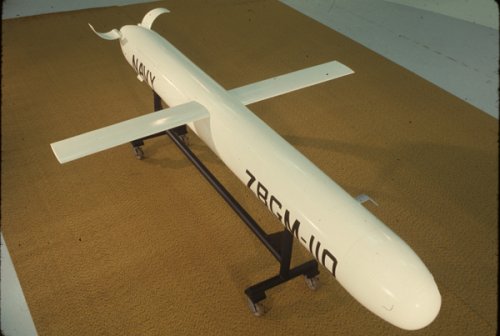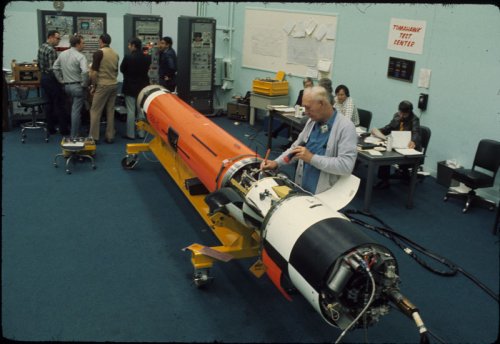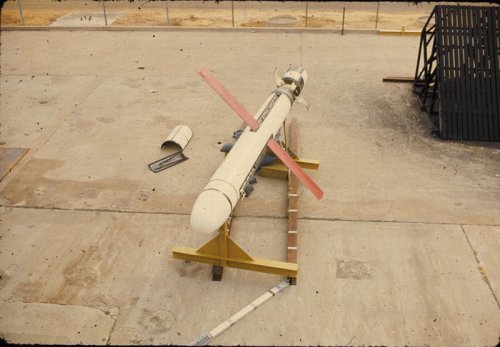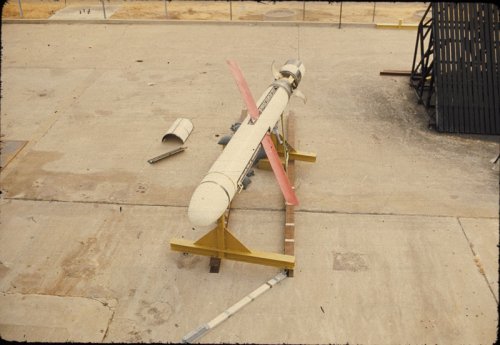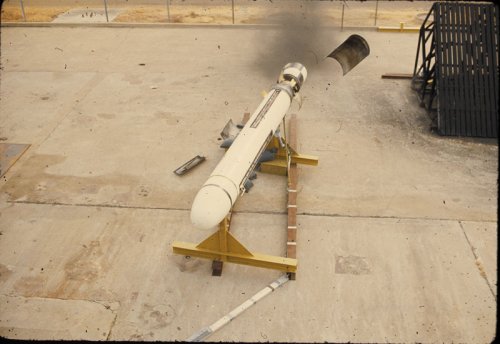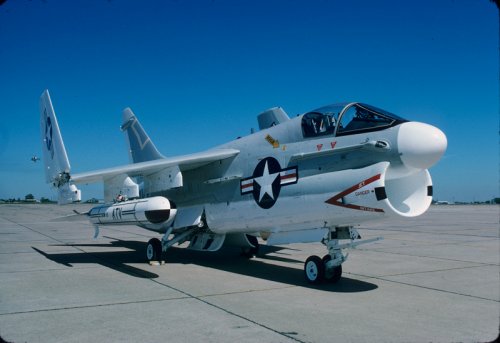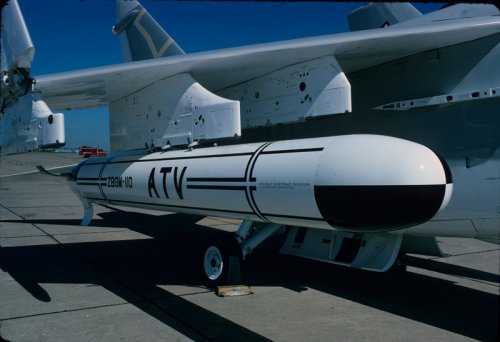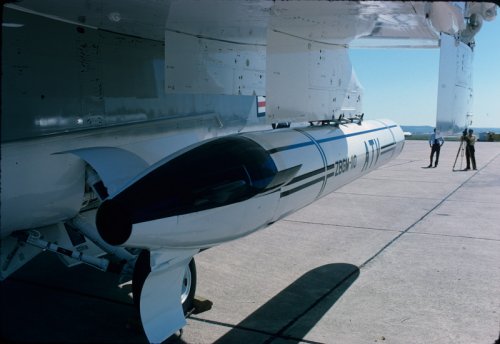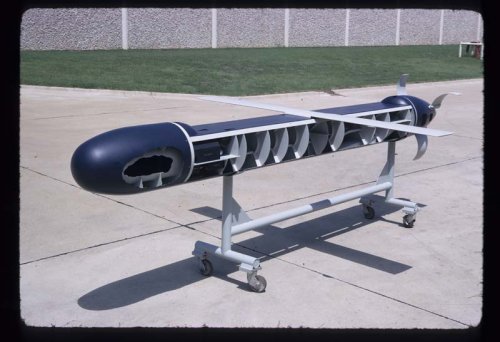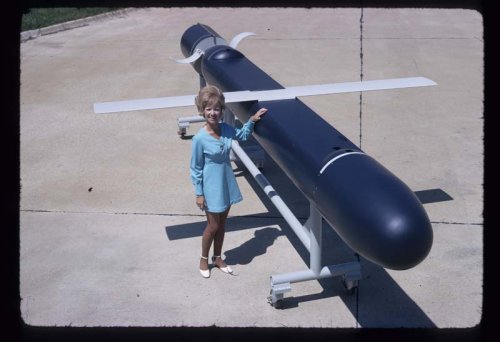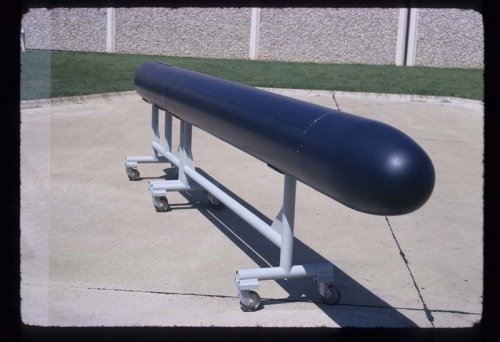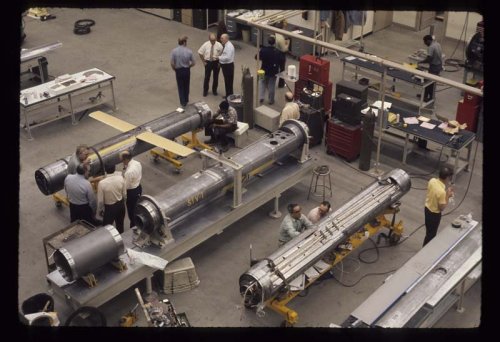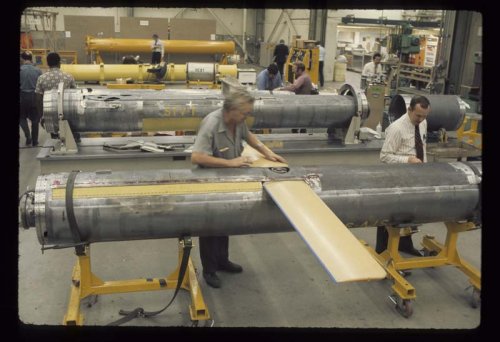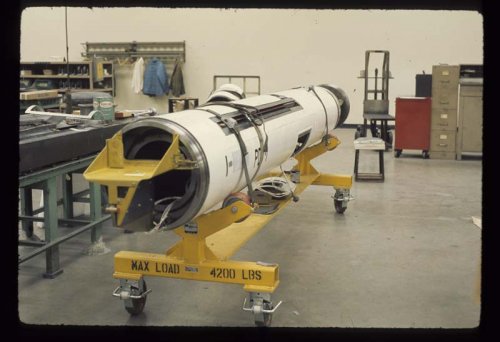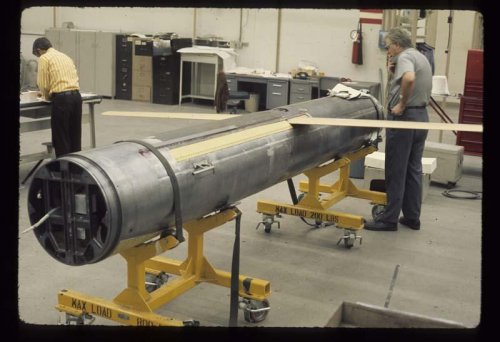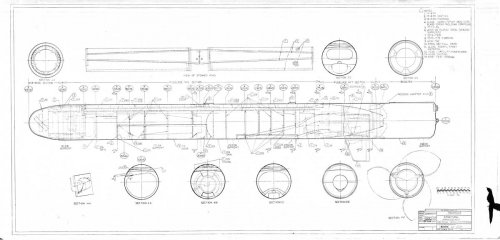You are using an out of date browser. It may not display this or other websites correctly.
You should upgrade or use an alternative browser.
You should upgrade or use an alternative browser.
LTV YBGM-110 Cruise Missile Contender
- Joined
- 27 December 2005
- Messages
- 16,924
- Reaction score
- 21,798
I don't know much about the competition between this and the Tomahawk - what were the reasons behind the selection of GD's design over Vought?
- Joined
- 17 May 2008
- Messages
- 678
- Reaction score
- 1,401
On his excellent website http://www.designation-systems.net/dusrm/m-110.html
Andreas offers the following:
"The first attempt in February 1976 to launch a YBGM-110A prototype from a torpedo tube failed because of a tube malfunction, and on the second attempt, the missile's wing failed to deploy. Because the YBGM-109A had performed flawlessly on two launches, and was the less risky overall design, the U.S. Navy declared the BGM-109 the winner of the SLCM competition in March 1976, thus ending the BGM-110 development."
Hopefully this quote does not break the rules.
bill
Andreas offers the following:
"The first attempt in February 1976 to launch a YBGM-110A prototype from a torpedo tube failed because of a tube malfunction, and on the second attempt, the missile's wing failed to deploy. Because the YBGM-109A had performed flawlessly on two launches, and was the less risky overall design, the U.S. Navy declared the BGM-109 the winner of the SLCM competition in March 1976, thus ending the BGM-110 development."
Hopefully this quote does not break the rules.
bill
- Joined
- 17 May 2008
- Messages
- 678
- Reaction score
- 1,401
overscan said:Erm, why is everyone so worried about breaking rules all of a sudden? ???
Quotes are always great...
I always worry, as I want to be respectful of others work.
Not part of a conspiracy. More like scan-a-holics anonymous
with the Scan master Mark.
bill
- Joined
- 13 June 2007
- Messages
- 2,101
- Reaction score
- 2,706
Nice stuff Bill, you conspiracy theorist you... 
Enjoy the Day! Mark
Enjoy the Day! Mark
According to the Vought Heritage web site, in addition to the malfunctions, the latter attributed to a programming error, there were differences between the LVT and General Dynamics designs:
Photographs of LTV ZBGM-110.
Source: http://www.voughtaircraft.com/heritage/products/html/zbgm-110.html
There were two engine companies that had products of the correct small size to fit the cruise missiles (Teledyne Engines in Toledo, Ohio, and Williams Engine in Michigan). The Williams company was very small but its engine was in a more mature state of development due to work on very small turbine engines used for the Army's man maneuver unit. LTV and General Dynamics (GD) both selected the Williams engine but the Navy wanted both engine companies involved in the fly-off competition. The Navy therefore assigned the Teledyne engine to the LTV Cruise Missile, despite unofficial protests by the company.
Another difference between the LTV and GD cruise missiles was the design approaches used to survive the harsh underwater submarine launch. LTV elected to design the missile structure to be rugged enough to withstand the pressures and shocks with no protective covers. GD elected to design a conventional light missile structure and to use a protective dispensable shell for the underwater launch. The GD design approach turned out to be a real advantage during the latter days of the program when air-launched cruise missile versions became popular. For air launch, the protective shell could be eliminated, making a lighter payload than the LTV version.
Photographs of LTV ZBGM-110.
Source: http://www.voughtaircraft.com/heritage/products/html/zbgm-110.html
Attachments
If nothing else, the no-capsule torpedo-tube launch would be less well understood from the perspective of an air-breathing cruise missile than the encapsulated setup, which was quasi-developed at the time due to Harpoon development.On topic: truly fascinating. But there is one thing I don't understand... Why was the Tomahawk considered the technologically less challenging option?
- Joined
- 24 January 2006
- Messages
- 1,297
- Reaction score
- 377
SLCM flyoff schedule in 1976-
Test flight #1: torpedo tube failed, responsibility for that failure was deemed to be the Navy and not Vought
Test flight #2: 24 February-wings failed to deploy after the missile broached, Vought owned that one
Program cancelled on 8 March in favor of GD design, which was awarded the contract on 17 March. Vought had cost overruns and no successful tests during the flyoff to GDs two successful flights on 13 and 15 February. The flyoff goal was to demonstrate a successful transition from submerged launch to inflight cruise. Vought also used the Teledyne CAE 471-11DX turbofan engine, the loser of the engine competition. Tomahawk was the CNO-approved name for the succesful missile as far back as September 1975, it didn't belong solely to the GD missile. Had the Vought missile won, it would've been called Tomahawk.
Lots of info and images of many AGM-86, Tomahawk, SLCM, etc in the Air University book Evolution of the Cruise Missile, by Kenneth P. Werrell (1985). A bit dated, and it only deals with US weapons (except for a bit of WWII-era history of the concept and German weapons), but really great for historical info on pretty much everything that's not SENIOR PROM or the fielded AGM-129. Does get into the ASALM, ACM, and ATCM programs very briefly, and there are flight test logs for Tomahawk, AGM-86, X-10, Navajo, and Snark. I've got a PDF copy as well, it can be downloaded free here: http://www.au.af.mil/au/aul/aupress/Indexes/title_ndx_bks.htm#E If anyone can't access a .mil site and wants the PDF, let me know.
Test flight #1: torpedo tube failed, responsibility for that failure was deemed to be the Navy and not Vought
Test flight #2: 24 February-wings failed to deploy after the missile broached, Vought owned that one
Program cancelled on 8 March in favor of GD design, which was awarded the contract on 17 March. Vought had cost overruns and no successful tests during the flyoff to GDs two successful flights on 13 and 15 February. The flyoff goal was to demonstrate a successful transition from submerged launch to inflight cruise. Vought also used the Teledyne CAE 471-11DX turbofan engine, the loser of the engine competition. Tomahawk was the CNO-approved name for the succesful missile as far back as September 1975, it didn't belong solely to the GD missile. Had the Vought missile won, it would've been called Tomahawk.
Lots of info and images of many AGM-86, Tomahawk, SLCM, etc in the Air University book Evolution of the Cruise Missile, by Kenneth P. Werrell (1985). A bit dated, and it only deals with US weapons (except for a bit of WWII-era history of the concept and German weapons), but really great for historical info on pretty much everything that's not SENIOR PROM or the fielded AGM-129. Does get into the ASALM, ACM, and ATCM programs very briefly, and there are flight test logs for Tomahawk, AGM-86, X-10, Navajo, and Snark. I've got a PDF copy as well, it can be downloaded free here: http://www.au.af.mil/au/aul/aupress/Indexes/title_ndx_bks.htm#E If anyone can't access a .mil site and wants the PDF, let me know.
- Joined
- 27 December 2005
- Messages
- 16,924
- Reaction score
- 21,798
They're a fairly popular solution on low-cost tube-launched munitions (artillery rockets, unguided A/G rockets, ATGMs), although most of these happen to be spin-stabilised, so that might have something to do with it as well.
- Joined
- 4 May 2008
- Messages
- 2,439
- Reaction score
- 735
From AvWeek August 13, 1973
These are the other contenders. Sorry if these constitute OT!
These are the other contenders. Sorry if these constitute OT!
Attachments
- Joined
- 3 June 2011
- Messages
- 17,897
- Reaction score
- 10,978
SOC said:The McD-D design looks more like TomaGlobalHawk with that bulged nose.
That bulged nose was probably like a bullet to the head for its chances of winning.
- Joined
- 3 June 2011
- Messages
- 17,897
- Reaction score
- 10,978
SOC said:Probably didn't help torpedo tube clearance that much, unless the rest of the body is that much narrower than the other designs.
Presuming the nose is 21" diameter it would have a lot less volume for things like fuel, avionics, warhead, etc. Unless you made it longer anyway but then that brings its own set of issues.
- Joined
- 4 May 2008
- Messages
- 2,439
- Reaction score
- 735
I'm guessing what we see are not actually fore and aft bulges as much as middle 'dent' to make room for the folding wing 
One could argue that the folding wings on all these concepts rob the airframe of internal volume to a certain extent.
One could argue that the folding wings on all these concepts rob the airframe of internal volume to a certain extent.
Yep - it's quite clear that the tail section begins to 'swell' back to the full diameter. Presumably the center section is noncircular in cross section, so the volume loss would not be as bad as our eyes say.AeroFranz said:I'm guessing what we see are not actually fore and aft bulges as much as middle 'dent' to make room for the folding wing
One could argue that the folding wings on all these concepts rob the airframe of internal volume to a certain extent.
Hard to argue that the USN didn't go with the most attractive option, though.
- Joined
- 3 June 2006
- Messages
- 2,964
- Reaction score
- 3,235
Anyway, later on in the 80's McDonnell Douglas won a contract to build complete Tomahawk missiles.
Source: Boeing.comMcDonnell Douglas received a U.S. Navy contract to develop the guidance system for the Tomahawk cruise missile in 1975. Flight tests of the guidance system in 1976 required only 13 of 27 planned development flights to accomplish all its test goals. In 1982 the company won a contract to build complete missile bodies, joining General Dynamics as a dual source cruise missile producer. More than 1,000 Tomahawk missiles were produced by McDonnell Douglas between 1983 and 1995.
- Joined
- 5 May 2007
- Messages
- 349
- Reaction score
- 384
From the San Diego Air & Space Museum (SDASM) photostream on Flickr, here's a promotional illustration of the Teledyne CAE Model 471 turbofan that was to be used for the LTV BGM-110.
http://www.flickr.com/photos/sdasmarchives/7222912148/in/photostream

http://www.flickr.com/photos/sdasmarchives/7222912148/in/photostream

- Joined
- 17 May 2008
- Messages
- 678
- Reaction score
- 1,401
- Joined
- 27 December 2005
- Messages
- 16,924
- Reaction score
- 21,798
Nice pics Bill, and cool website.
- Joined
- 25 June 2009
- Messages
- 14,141
- Reaction score
- 4,333
PaulMM (Overscan) said:Nice pics Bill, and cool website.
Ditto! Thanks a lot Bill for your contribution in keeping the Vought legacy alive.
- Joined
- 17 May 2008
- Messages
- 678
- Reaction score
- 1,401
Here are some recently scanned VAHF images of a test of the SLCM version of the YBGM-110
The first image shows the small charge blowing the covers off the engine inlet (bottom)
and fins.
The second image shows the fins deployed and the wing starting to swing into position.
The third image shows the wings and tail fins deployed ready for flight.
The fourth image confirms the Tomahawk name as you can see the the "Tomahawk Test Center" sign on
the wall in the background.
The first image shows the small charge blowing the covers off the engine inlet (bottom)
and fins.
The second image shows the fins deployed and the wing starting to swing into position.
The third image shows the wings and tail fins deployed ready for flight.
The fourth image confirms the Tomahawk name as you can see the the "Tomahawk Test Center" sign on
the wall in the background.
Attachments
- Joined
- 3 June 2006
- Messages
- 2,964
- Reaction score
- 3,235
Voughtworks - YBGM-110 Tomahawk 
Nice colour pictures showing a ZBGM-110 mounted on a A-7 Corsair II.
Nice colour pictures showing a ZBGM-110 mounted on a A-7 Corsair II.
- Joined
- 17 May 2008
- Messages
- 678
- Reaction score
- 1,401
- Joined
- 17 May 2008
- Messages
- 678
- Reaction score
- 1,401
Some more images for your files and viewing pleasure
VAHF archives
VAHF archives
Attachments
-
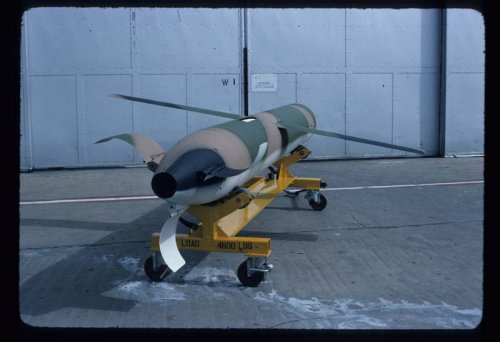 BGM-110 Mockup Camoflagued VAHF-05.jpg58 KB · Views: 134
BGM-110 Mockup Camoflagued VAHF-05.jpg58 KB · Views: 134 -
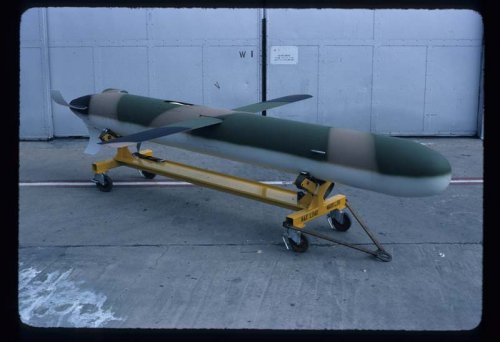 BGM-110 Mockup Camoflagued VAHF-04.jpg55.2 KB · Views: 142
BGM-110 Mockup Camoflagued VAHF-04.jpg55.2 KB · Views: 142 -
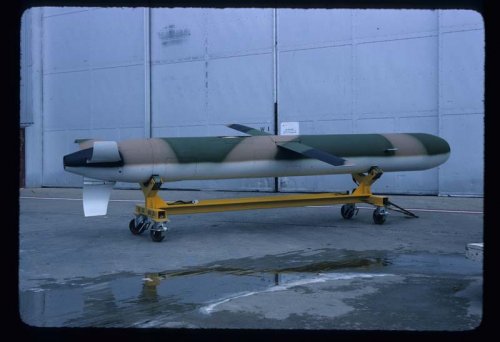 BGM-110 Mockup Camoflagued VAHF-03.jpg53.8 KB · Views: 138
BGM-110 Mockup Camoflagued VAHF-03.jpg53.8 KB · Views: 138 -
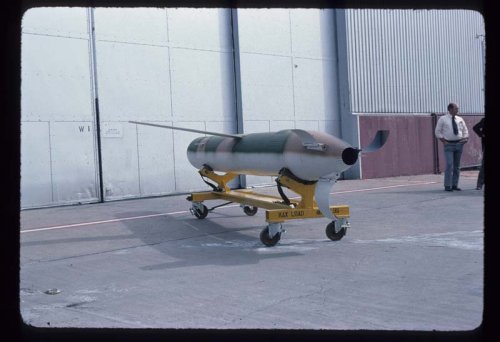 BGM-110 Mockup Camoflagued VAHF-02.jpg61 KB · Views: 145
BGM-110 Mockup Camoflagued VAHF-02.jpg61 KB · Views: 145 -
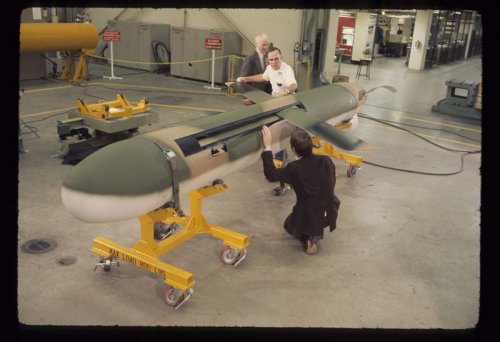 BGM-110 Mockup Camoflagued VAHF-01.jpg64.5 KB · Views: 155
BGM-110 Mockup Camoflagued VAHF-01.jpg64.5 KB · Views: 155 -
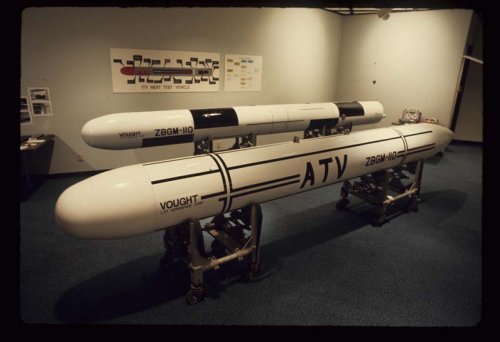 BGM-110 Air and Submarine Launched VAHF-01.jpg53.2 KB · Views: 130
BGM-110 Air and Submarine Launched VAHF-01.jpg53.2 KB · Views: 130
- Joined
- 17 May 2008
- Messages
- 678
- Reaction score
- 1,401
- Joined
- 17 May 2008
- Messages
- 678
- Reaction score
- 1,401
Finally a few images of the birds in manufacturing.
VAHF archives.
That's it for this go round.
VAHF archives.
That's it for this go round.
Attachments
Similar threads
-
AGM-109/BGM-109 Tomahawk/Gryphon
- Started by sferrin
- Replies: 194
-
-
-
-
Cancelled AGM-65 Maverick projects
- Started by AN/AWW-14(V)
- Replies: 18

